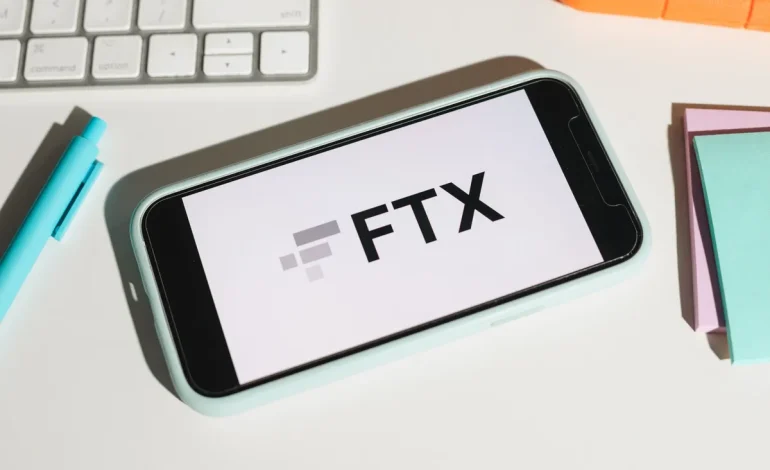FTX, the cryptocurrency exchange that collapsed nearly two years ago, has received court approval to fully repay customers whose digital assets were locked on the platform during its bankruptcy.
This decision could potentially allow shareholders of the fraud-implicated exchange to receive a share of approximately $1 billion in assets seized by prosecutors.
On Monday, US Bankruptcy Judge John Dorsey granted permission for FTX to proceed with the repayment plan aimed at compensating customers impacted by the actions of former CEO Sam Bankman-Fried. When FTX filed for bankruptcy in November 2022, the situation was dire, with low crypto prices leading advisers to believe creditors would only recover a fraction of their owed amounts. However, as the bankruptcy process unfolded, the company’s financial prospects improved significantly.
As of June, FTX reported having around $12.6 billion in assets, with estimates suggesting this could rise to as much as $16.5 billion as the firm continues to locate and liquidate remaining assets, including its investment in the artificial intelligence company Anthropic. Ken Pasquale, a creditor attorney, noted the firm benefitted from the recovery in crypto markets over the past year, allowing for improved repayment negotiations with creditors and regulators.
Remarkably, the positive turn of events means that preferred shareholders might also see some returns. Payments to shareholders could arise from a portion of the seized funds, which include roughly $626 million from the sale of Robinhood stock that was previously owned by Bankman-Fried and FTX co-founder Gary Wang. Firms such as Canyon Partners, Tribe Capital Management, and Steadview Capital Management hold preferred shares in FTX and may benefit from these distributions.
However, the repayment plan has faced criticism from some FTX customers, who argue that the proposed cash repayments fall short compared to what they could have gained had their funds remained in crypto assets. As part of the plan, customers will not receive any compensation for FTX’s utility token, FTT.
In a relatively rare occurrence in Chapter 11 cases, this approval marks a significant development in large corporate bankruptcies where creditors are made whole. Previous examples include Hertz Global Holdings, which successfully emerged from bankruptcy in 2021, allowing for shareholder distributions after a rise in used car prices.
Despite the positive outlook for creditors, FTX bankruptcy attorney Andrew Dietderich cautioned that nothing would be left for equity holders unless an agreement is reached with federal prosecutors regarding the seized $1 billion. Under current terms, shareholders could receive up to 18% of any returned forfeiture assets, capped at $230 million.
While negotiations are ongoing, FTX’s customer recovery has benefited from the resurgence of the cryptocurrency market, which has seen Bitcoin prices increase nearly fourfold since late 2022. The decision to repay customers in cash rather than cryptocurrency stems from the realization that FTX held significantly less crypto than initially believed.
FTX has contracted Galaxy Digital Capital Management to assist with the sale and management of its remaining digital assets, helping to augment the funds available for customer repayments, which will occur after a trust is established to oversee distribution.
After the collapse of the trading platform in November 2022, approximately $8 billion in customer funds were reportedly missing. Since then, the company has recovered assets valued between $14.7 billion and $16.5 billion, primarily through the sale of various investments, including its stake in Anthropic.
The approval of this repayment plan represents a critical step in the effort to resolve FTX’s bankruptcy, as Judge Dorsey expressed optimism for the future distribution of funds to creditors worldwide.
“We are poised to return 100% of bankruptcy claim amounts plus interest for non-governmental creditors through what will be the largest and most complex bankruptcy estate asset distribution in history,” said John Ray III, who currently oversees FTX’s bankruptcy process.
The final details regarding the timeline for customer payments will be announced in the future, as FTX continues its efforts to ensure that creditors receive the amounts owed to them.









